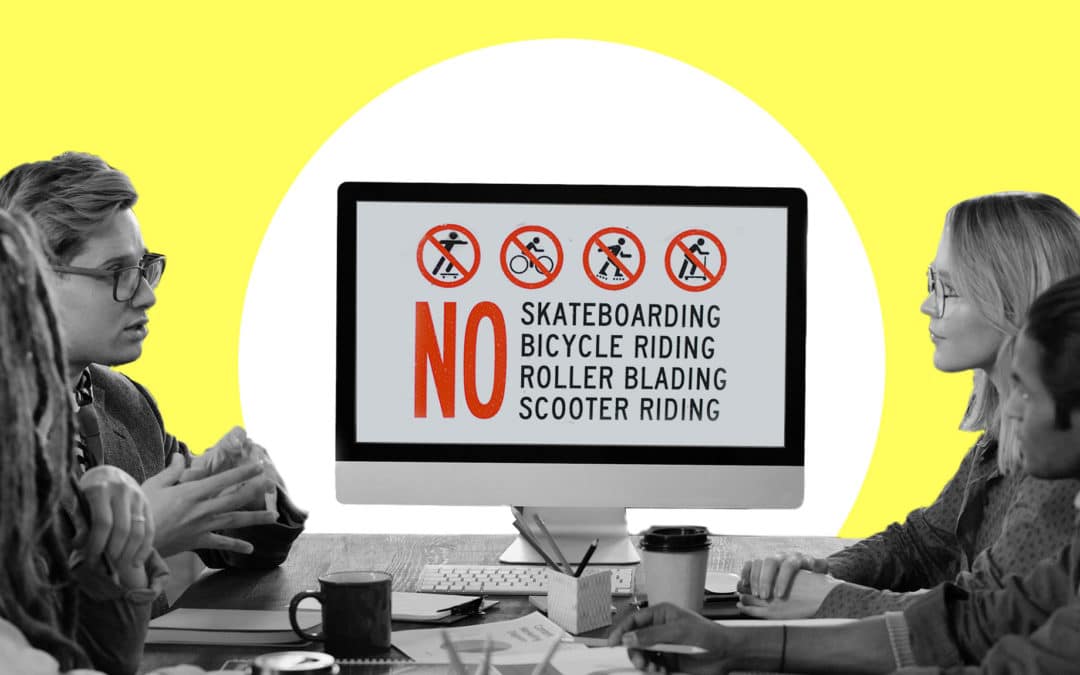Farewell despair
Have you ever tried to create a SEA campaign and reached the point where you wanted to scream at your computer because the results just didn’t meet your expectations? Don’t worry, we’ve all had that “Why the heck isn’t this working?!” moment. We have a step-by-step guide for you on how to create effective SEA campaigns without losing your mind. Because let’s face it, who doesn’t want to catch the big fish in the digital advertising ocean and put the competition in their place? Dive into this step-by-step guide with us to finally uncover the secrets behind SEA campaigns that actually work. You’ll be amazed at how easy it can be to throw out the click bait and land the fish – or rather, the customers – faster than you can say “SEA.”
What is SEA anyway?
Before we dive into the depths of SEA campaigns, let’s pause for a moment and clarify the question, “What is SEA, anyway?” For those of you who haven’t heard the term before or only vaguely know what it’s about – don’t worry, we’ve got you covered. SEA, or Search Engine Advertising, is the glamorous cousin of SEO (Search Engine Optimization). While SEO deals with the art of ranking organically and for free on search, SEA is the confident relative that is willing to put in a little money to be in the spotlight.
With SEA, you pay search engines like Google or Bing to show your ads preferentially in the first search results, so that potential customers see your offers first and you can outperform your competition.
10 steps to your successful SEA campaign
1. Set goals
Clearly define what you want to achieve with your SEA campaign. Goals could be to increase conversions, brand awareness, or traffic.
2. Keyword research
Identify relevant keywords for your campaign. Use keyword tools like Google Ads Keyword Planner to find out which keywords are relevant to your product or service and what the competition and cost per click (CPC) is for these keywords.
3. Competition analysis
Analyze your competitors’ SEA campaigns to find out what keywords they use, how their ads are designed, and what strategies they follow.
4. Budget planning
Set a budget for your campaign. You should split the budget to bid on both highly competitive and long-tail keywords, as these are often cheaper and can still generate qualified traffic.
5. Create displays
Design engaging and relevant ad copy that includes the keywords and grabs users’ attention. Make sure the ad title and description are meaningful and request the reader to act (call-to-action).
6. Structure ad groups
Organize your ads and keywords into thematically appropriate ad groups. This allows better control over the performance of each group and makes it easier to optimize your campaign.
7. Optimize landing pages
Make sure your landing pages are relevant and user-friendly, with clear structure, fast load times, and strong call-to-action elements. An optimized landing page leads to higher conversion rates.
8. Determine bid strategies
Choose a bidding strategy that best fits your goals. You can use automatic bidding strategies like “maximum conversions” or “target CPA”, or you can place manual bids to keep control over your costs.
9. Launch and monitor campaign
Activate your SEA campaign and monitor performance regularly. Use analytics tools like Google Ads or Bing Ads to track key metrics like clicks, impressions, CPC, conversion rate, and cost per conversion.
10. Optimization and adaptation
Based on the campaign results, continuously optimize and adjust your ads, bids, and landing pages to get the best possible results. Experiment with different ad copy, targeting options, and bidding strategies to find what works best.
By continuously optimizing and adjusting your SEA campaign, you can improve its effectiveness and return on investment (ROI). It is important to regularly analyze and adjust to meet changing market conditions and competition. By following the above steps and continuously optimizing your campaign, you increase the likelihood of creating effective SEA campaigns that achieve your goals and contribute to successful digital marketing.
If you want to see how we put our SEA expertise into practice, check out some of our successful SEA campaigns for our clients. Let our success stories inspire you! For further information and advice, we are happy to assist you.
Wrap it up
The path to effective SEA campaigns is not witchcraft, but an exciting journey through the world of digital advertising. With our step-by-step guide, you’ll be well-equipped to jump into the adventure and boost your digital advertising success.
You will soon realize that the success of your SEA campaigns is not based on random hits, but that it’s the result of your efforts to properly cast the click bait and cleverly reach your target audience. And the next time you feel the urge to yell at your computer, remember that you’re not alone and there’s always a way to optimize your SEA campaigns and make them succeed. Happy SEA-ing!


